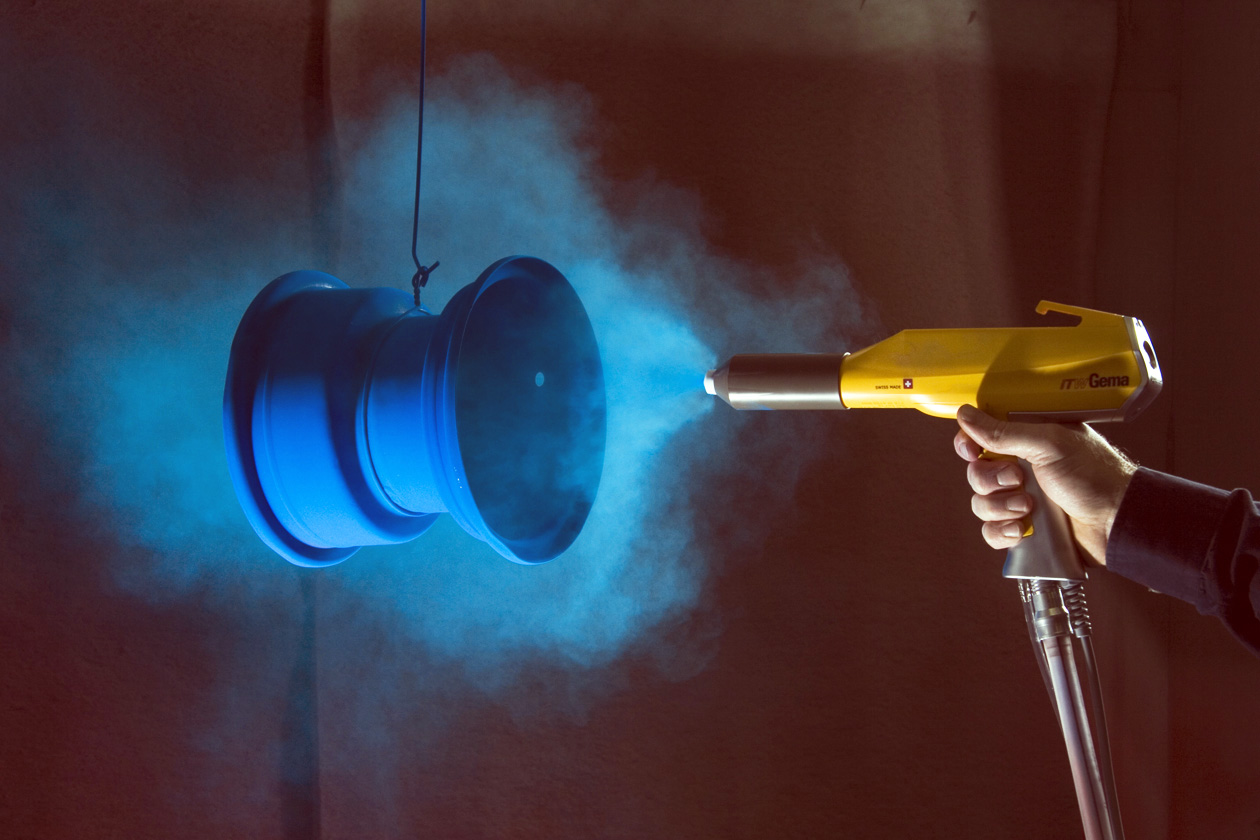General info about Electrostatic powder coating
The electrostatic powder coating is an environment friendly technology suitable for surface treatment of various steel and aluminum components.
This is the most widely used surface coating in the metal industry, machine industry, food industry an in the medical industry. It offers excellent rust protection against the environmental forces, and it offers the components an appearance that satisfies even the most exigent requirements.To view the RAL color pallet please click here.
The colors on this pallet are just general guidelines.
The coat layer achieved by this technology is much longer lasting then the paint layers done with regular paints with paint thinners, and the environmental impact is reduced to a minimal level. As a further advantage we can mention the much quicker tact time, because there’s no need to apply base coats, there’s no drying lead-time, simce after the parts are removed from the curing chamber the pars are almost ready to be picked-up.
The basic concept is that the polyester and epoxy-polyester materials are electrostatically charged which will be drawn to the metal components forming a uniform powder coat on the surface of the components. During the electrostatic powder coating the powder is charged and work pieces are heated up. The metal components draw the coat particles to themselves. The particles that did not stick to the surface are exhausted by a cyclone system.
Powder Coating Technology
Surface preparation: the components previously cleaned by either sand or metal particles are transported by an enclosed conveyor belt through the following process steps: degreasing-phosphating-flushing-drying
Powder coating: in an enclosed cabin the previously cleaned and degreased parts are sprayed with a special spray-gun. The material spayed onto the parts is the charged powder paint. As the result of the charge they carry the particles stick to the surface. The coat layer can be altered by adjusting the electrostatic charge.
Curing: by placing the powder coated parts in a hot air circulation at a temperature of 160-200°C for 15-20 minutes the coat is melted onto the surface of the parts. After cooling down the layer thickness is 50-70 microns. This can be increased by applying a base coat or by double powder coating or by heating the work pieces up to 150-250 microns. After adjusting the desired temperature the cabin is held at a constant temperature in an automated way.
Details:
Paint airbrush: NORDSON
Furnace load: 200 kg/m weight load
Colour thickness: 60-150 microns layer-thickness
Shift capacity: 210 m2/shift
Burn-in Furnace size: 6000 mm x 1800 mm x 1500 mm

